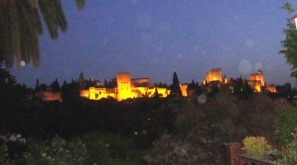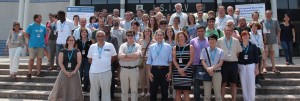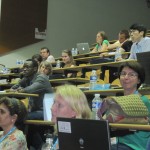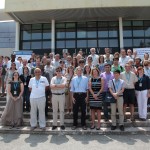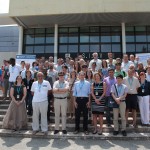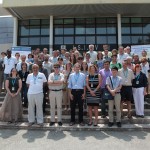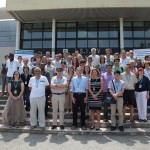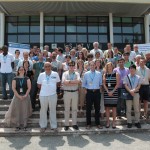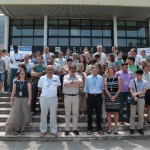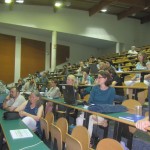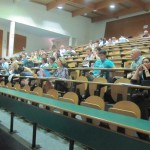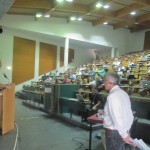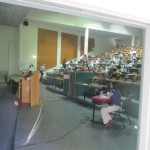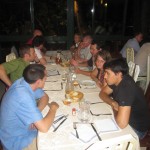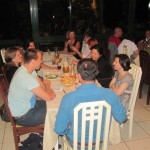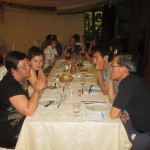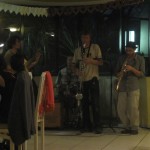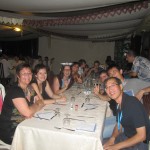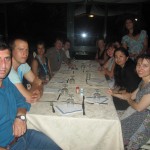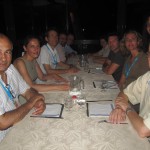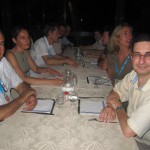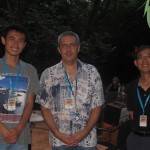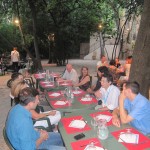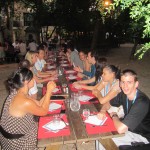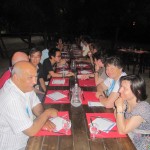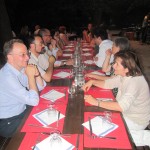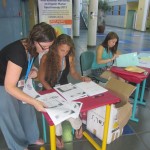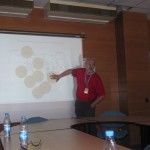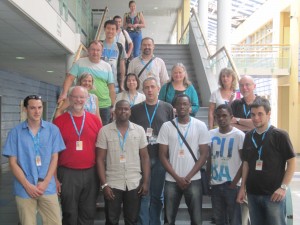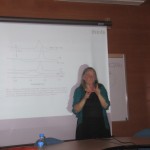Assessing fluorescent DOM with spectral in situ sensors: from multi-channel to matrix- approaches
by
Oliver Zielinski
Institute for Chemistry and Biology of the Marine Environment –University Oldenburg, Germany
Abstract :
Dissolved organic matter (DOM) is a key parameter in aquatic biogeochemical processes. Part of the DOM pool exhibits optical properties, namely absorption and fluorescence. The latter is frequently utilized in laboratory measurements of fluorescent dissolved organic matter (FDOM) excitation-emission-matrices (EEM). We present the design and field application of a novel EEM sensor system applicable in situ, the ‘Kallemeter’. Observations are based on a field campaign, starting in Norwegian coastal waters entering the Trondheimsfjord. Comparison against a commercial single channel FDOM sensor and a recently developed multi-channel fluorometer (MatrixFlu-UV) exhibited a good correspondence of the different methods and the ability to resolve gradients and dynamics along the transect. Additional laboratory EEM measurements and subsequent PARAFC analysis revealed three dominant components. Both the EEM sensor system and the MatrixFlu-UV were able to detect the two main humic-like substances, but were limited towards the Tryptophan-like substances. Multi-channel FDOM sensors are capable to resolve rapid changes and processes based on the assessment of spectral properties. Their combination with upcoming spectrally resolved in situ EEM sensors will enhance our capacities in observing biogeochemical process in the marine environment.

